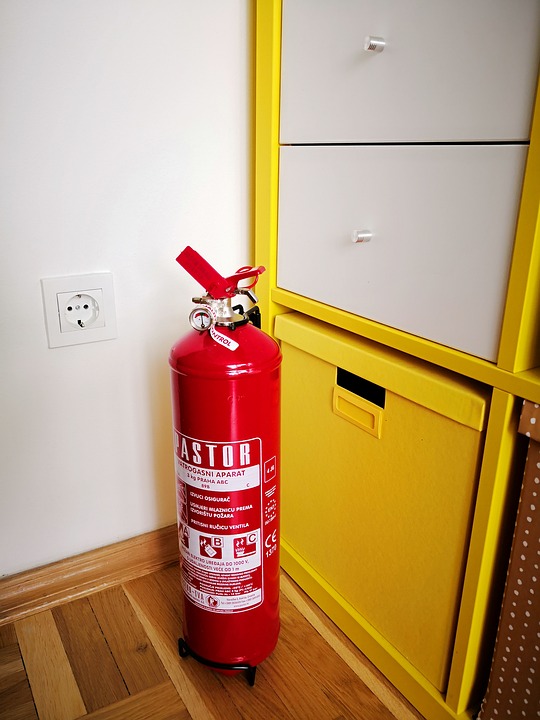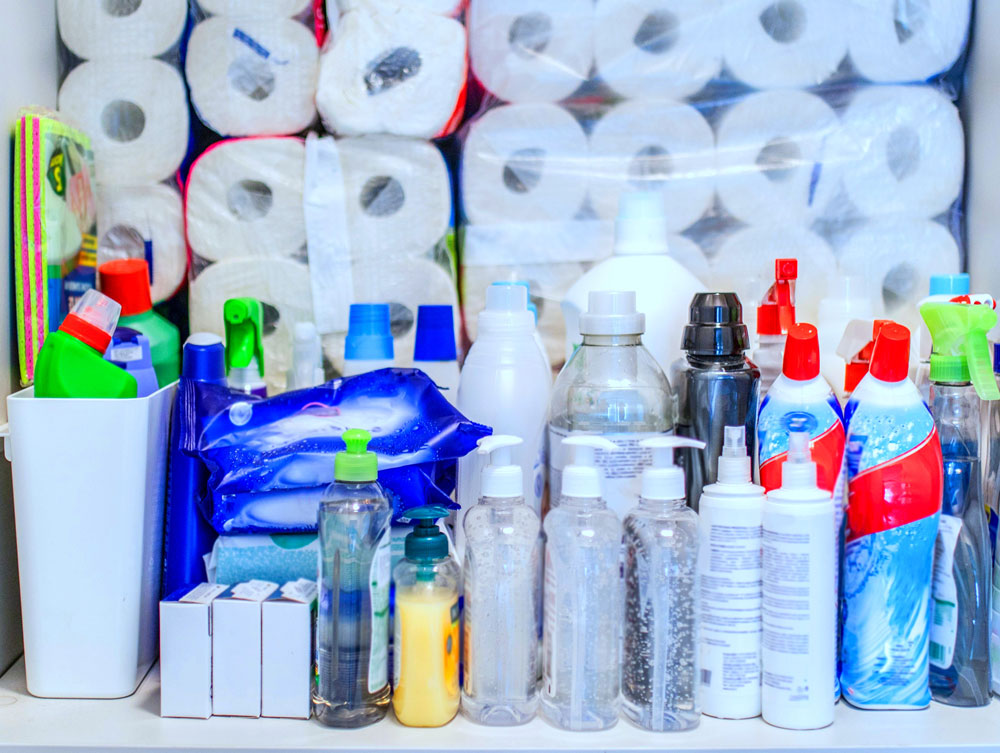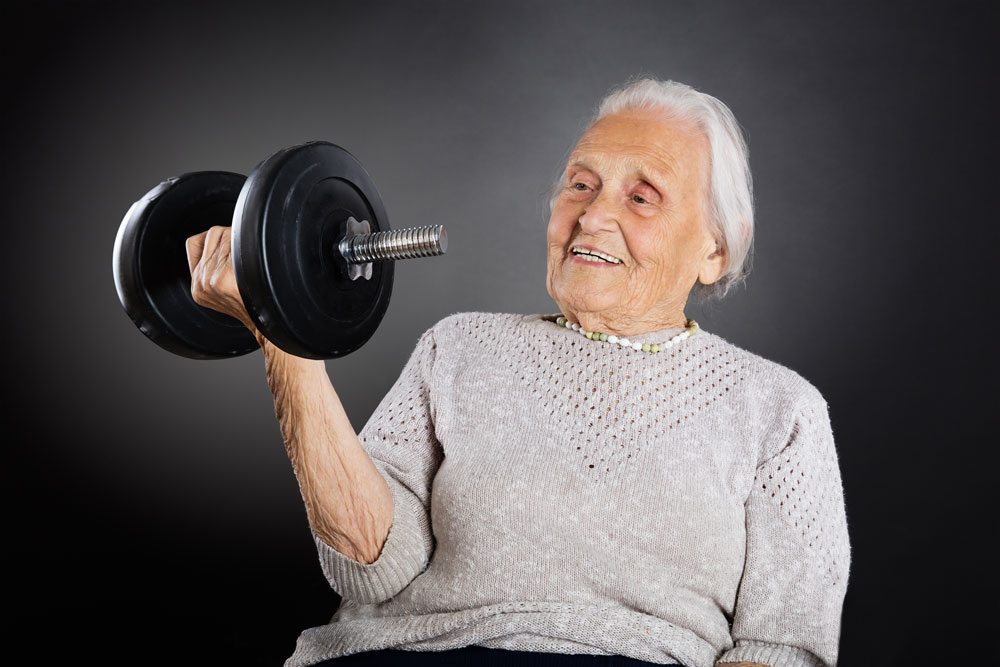This is how the nursing home works with safe and effective fire protection
This article is translated with AI and is based on Swedish conditions. Hopefully, it can inspire interested parties in other countries.
A well-functioning fire protection work is crucial for the safety at the elderly home. By having a thoughtful strategy for preventive measures, regular fire drills, and clear routines, the risk of fires can be significantly reduced. The staff must be well-trained and prepared to act quickly and effectively if a fire occurs. Continuously working with fire protection creates a safe environment for both residents and staff.
 Foto: Pixabay
Foto: PixabayHow the nursing home systematically works with fire protection
Fire protection in the nursing home is a central part of the safety work. The staff must have knowledge of preventive measures and know exactly how to act in case of a fire. Through careful and systematic fire safety work, risks can be minimized and lives saved.
Why is fire safety particularly important in nursing homes?
Unlike regular homes where people can evacuate on their own, many nursing homes are home to people with reduced mobility, cognitive impairment or illnesses that mean they need help when evacuating. Therefore, it is crucial that the nursing home has a thoughtful fire safety plan that includes:
- Evacuation plans tailored to the residents' needs.
- Regular fire drills where staff practice different scenarios, including nighttime fires when staffing is low.
- Knowledge about fire risks and how they can be prevented.
- A clear division of responsibility where everyone knows their role in case of a fire.
Legal requirements and responsibility for fire safety
According to the Accident Prevention Act (2003:778), property owners and operators are required to ensure reasonable fire safety. This means that both the building's fire safety and the operation's routines must be carefully thought out and regularly reviewed.
During supervision from the fire department, the following documents may be requested:
- Documentation of the property's systematic fire safety work (SBA), including checklists and controls.
- Fire safety documentation, which shows how the building is adapted to prevent and limit fires.
- Fire cell drawings, which show how the building is divided to limit the spread of fire.
- Operation cards of the ventilation system, as ventilation facilities can affect fire spread.
- Electrical inspection certificates, since electrical faults are a common cause of fire.
- Operating and maintenance instructions for fire technical installations such as sprinklers, fire doors and emergency lights.
Common fire risks in nursing homes
Most fires in nursing homes arise from a few common causes:
- Smoking in bed or furniture. A common cause of fire is residents who smoke dropping a lit cigarette.
- Electrical faults. Old electrical installations, overloaded outlets or broken cables can cause short circuits and fires.
- Heat-producing objects. Table lamps or heaters placed too close to curtains, clothes or bedding.
- Incorrect handling of oxygen. Oxygen cylinders stored or used incorrectly can contribute to a fire escalating quickly.
How the nursing home can work preventively
To reduce fire risks, the nursing home needs to have systematic fire safety work with the following efforts:
- Evacuation routes and fire safety equipment should be checked regularly. All doors and emergency exits should be free of obstacles.
- Fire extinguishers, fire blankets and sprinklers should be available and functional.
- Staff should be trained in fire safety at least once a year and new staff should receive a thorough review during their introduction.
- Residents who smoke should have designated smoking areas and never smoke alone if they have reduced ability to handle fire.
- Staff should know how the ventilation system works and what happens in case of fire.
- Documentation of fire safety rounds should be done regularly.
Fire drills – a vital part of safety work
Regular fire drills are one of the most important measures to ensure that fire safety works in practice. These should be conducted at least once a year and include different scenarios, such as:
- Fire in a resident's room.
- Fire in common areas.
- Fire at night when staffing is reduced.
- Evacuation of wheelchair users or people with dementia.
To ensure that everyone knows their role, fire drills should also be conducted during the summer period, when the operation has many substitutes.
Fire safety responsibility and documentation
Effective fire safety work requires someone in the operation to be responsible for it working. Therefore, the nursing home should appoint fire safety officers who are responsible for:
- Documenting and following up on fire safety work.
- Conducting regular fire safety rounds.
- Ensuring that fire safety equipment works and is easily accessible.
- Being responsible for conducting training and fire drills.
Reflection questions - Fire safety
Care staff:
- When did you last attend a fire safety training?
- When did you last have a fire drill in the unit?
- Do you know exactly what to do if a fire breaks out in the nursing home?
Manager and licensed staff:
- Do you follow up that all staff know the fire safety routines?
- Do you have fire safety officers and does their work function?
- Do you conduct fire drills at night when the staff is most vulnerable?
- Is fire safety part of the introduction for new staff?
Relatives:
- Are there clear evacuation routes and emergency lighting in the residence?
- Is the path to the emergency exits clear or are there obstacles in the way?
- Do you feel safe knowing that fire safety is carefully thought out in the residence?
Erland Olsson
Specialist nurse
Sofrosyne - Better care every day.

Aktuellt i media
- 2025-11-06 04:00 13 Hygien
- 2025-11-03 04:00 10 Aktivitet o funktionsbevarande arbetssätt
- 2025-10-21 15:54 04 Bemötande
-
2025-10-19 04:00
13 Hygien
It is important that all cleaning is carried out as often and with the quality required.
info Foto: Mostphotos
Foto: Mostphotos - 2025-10-16 04:00 06 Dokumentation
- 2025-10-13 04:00 09 Mat och måltid





